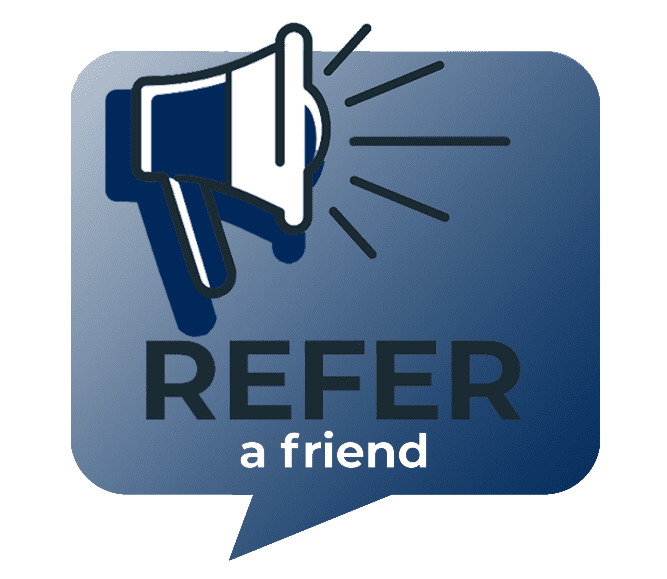As this year’s Construction Safety Week wraps up, let’s look at some pretty staggering statistics relating to jobsite and workplace safety, as well as some new-age solutions to these age-old problems.
– The average cost of a slip or trip injury causing time away from work: $46,000 {National Safety Council}
– It is estimated that the amount of near misses that go unreported is up to 85% {MakuSafe}
– The Top 2 OSHA citations were for lack of fall protection systems and insufficient information transmitted to employers and employees regarding toxic and hazardous substances {ThinkHR}
– OSHA penalties range from $13,260 (other-than-serious & serious) to $132,589 (repeat & willful) {ThinkHR}
– 20% of private-industry worker fatalities are in construction {Big Rentz}
– Construction sees non-fatal injury rates that are 71% higher than any other industry {Accident Analysis & Prevention}
So what can we learn from all of this and how can the construction industry do better to stay safe?
– Construction companies can save $4-6 in indirect costs for every $1 invested in direct costs by evading an injury in the workplace
– Creating and implementing training programs such as how to properly wear PPE, general awareness and classes provided by OSHA would reduce the amount of employee injury but also be wise financially Construction site injuries typically account for 69% of project costs, while health and safety programs only account for 2.5% of project costs
– Utilizing safety and machine operating checklists as well as hazardous material communications will facilitate consistency and reduce liability exposure
– Maintaining a safe environment will help build a positive reputation, assist with brand awareness and recruiting, and promote team morale
How does technology play a part? There are newer systems and protocols that could help prevent and protect construction companies from safety issues. Things such as:
– Wearables (think arm holster or watch) that can monitor conditions, detect slips/trips/falls quickly, report near-misses without interruption, etc.
– Digital trainings available at any time to any size group
– Live stream cameras with recording for monitoring or later verification of procedures or events
– Telematics installed on heavy equipment that could include front and rear facing cameras and operational details of the equipment
– Systems to analyze safety inspection data in order to implement change
We can all agree that safety in construction is a problem and something to take seriously. It’s a risky environment with constant movement, equipment and people coming on and off the jobsite. Taking every step possible to mitigate injuries is worth every penny these precautions could cost. What steps do you have in place for your team?



